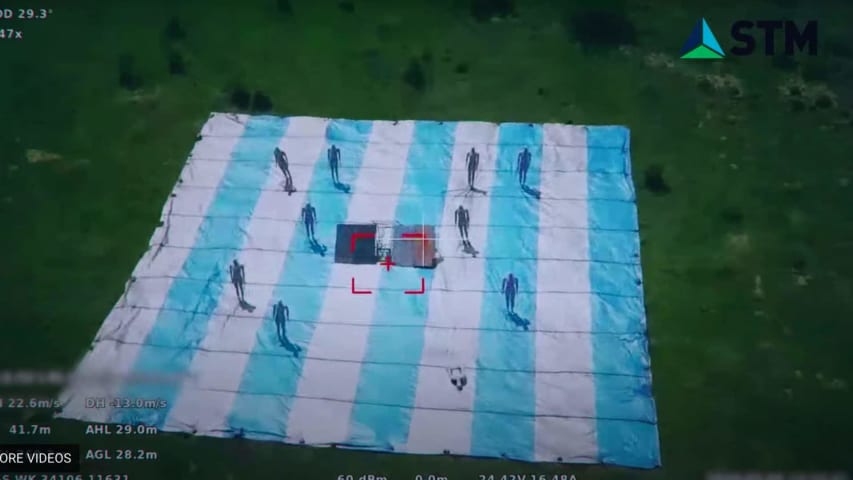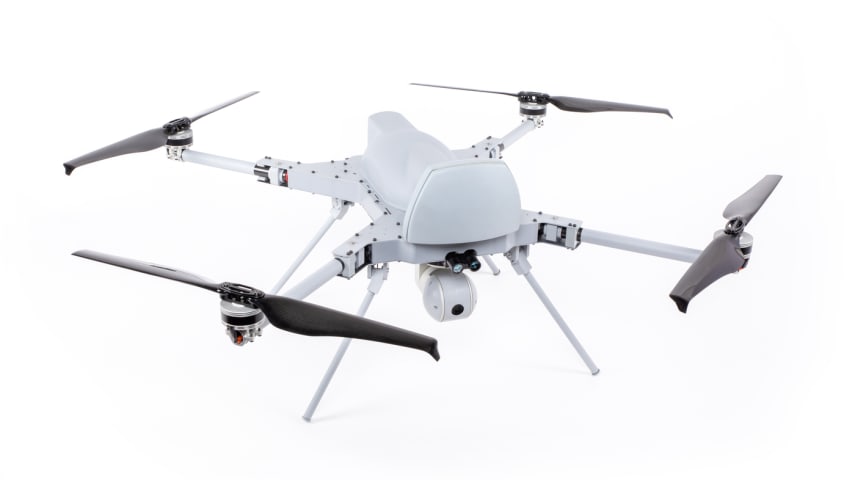Entities
View all entitiesCSETv1 Taxonomy Classifications
Taxonomy DetailsIncident Number
121
Risk Subdomain
4.2. Cyberattacks, weapon development or use, and mass harm
Risk Domain
- Malicious Actors & Misuse
Entity
AI
Timing
Post-deployment
Intent
Intentional
Incident Reports
Reports Timeline

A screenshot from a promotional video advertising the Kargu drone. In the video, the weapon dives toward a target before exploding.
Last year in Libya, a Turkish-made autonomous weapon—the STM Kargu-2 drone—may have “hunted down and remotel…

Military-grade autonomous drones can fly themselves to a specific location, pick their own targets and kill without the assistance of a remote human operator. Such weapons are known to be in development, but until recently there were no rep…

It has been revealed that an Artificial Intelligence-powered military drone was able to identify and attack human targets in Libya. The drone, Kargu-2, is made by a Turkish company (STM) and fitted with a payload that explodes once it makes…

A military drone that attacked soldiers during a battle in Libya’s civil war last year may have done so without human control, according to a recent report commissioned by the United Nations.
The drone, which the report described as “a leth…






